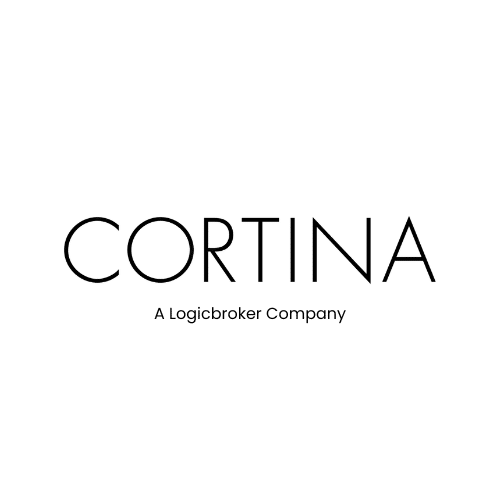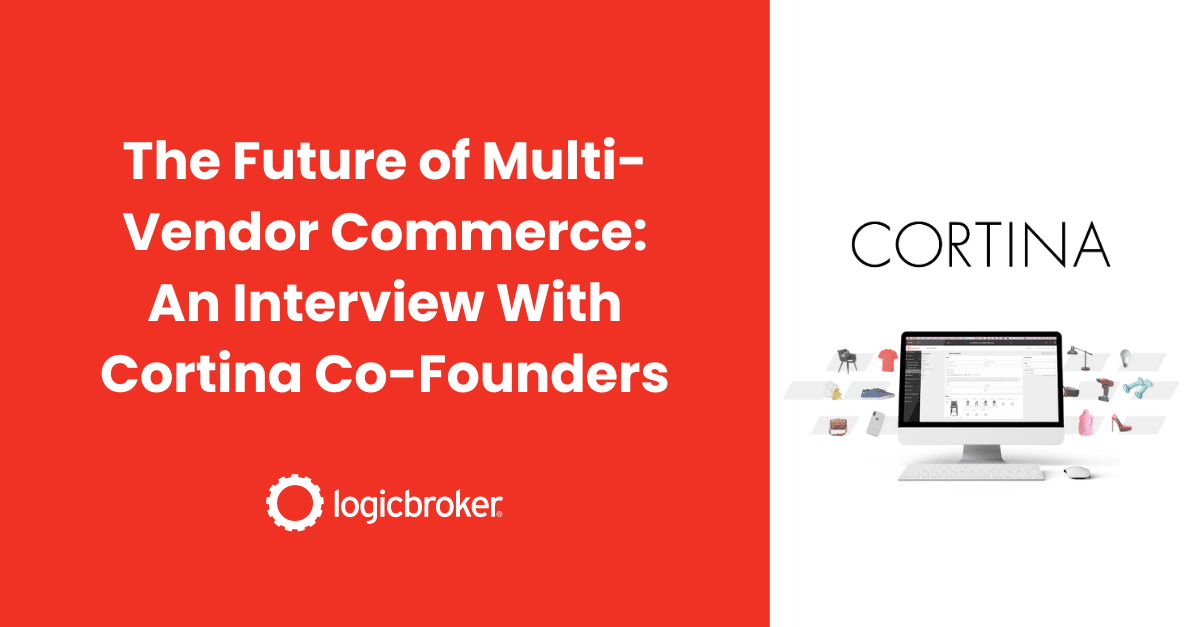
Multi-Vendor Commerce Unlocked
Logicbroker and Cortina combined now offer unmatched integrations & product discovery tools giving retailers and brands the catalyst they need to rapidly expand revenue, grow their curated marketplace assortment, and meet customers at the speed they require.
Get StartedA Complete Multi-Vendor Experience
Businesses of all sizes can now quickly launch and grow a curated marketplace solution that delights customers and keeps them engaged. But Multi-Vendor Commerce doesn’t stop at the marketplace. Effortlessly orchestrate additional D2C or B2B fulfillment programs that attract sellers and deliver more of the goods your customers want.
Integrations To Every Platform
Experience true platform-agnostic capabilities. Integrate with Shopify, SquareSpace, and more giving both you and your vendors the ability to orchestrate your commerce program from whatever platform you desire.

Advanced Product & Partner Discovery
Let us handle the manual back-and-forth of brand partnerships and product discovery, so you can take more time for what you do best—growing your business. Easily browse through the 8,500+ suppliers in our network and find products that will keep your customers coming back for more through the Discovery Portal.

Unmatched Speed-To-Market
You decide what you want to sell, and we handle the backend process, like syncing price, product data, and shipping info through advanced Product & Vendor Onboarding capabilities. Our customers enjoy onboarding times that are measured in minutes, rather than weeks and months.


Successes In The Marketplace
Customers save hundreds of manhours and create truly unique marketplaces that continue to thrive on the Cortina platform. Customers like Poosh, Monica + Andy, and Tukes Bazaar thrive when connected to dozens of sellers and thousands of customers at the blink of an eye.
The Future of Multi-Vendor Commerce Is Now
Dive into the future of multi-vendor commerce featuring Cortina Co-Founder Brooke Cundiff. This webinar is your gateway to understanding the game-changing benefits Logicbroker’s technology brings to the table. Explore the future of integration and discover how Logicbroker’s acquisition of Cortina is shaping the landscape of multi-vendor commerce.
Keep Exploring

Logicbroker Acquires Cortina; Expanding Comprehensive Marketplace & Dropship Solutions
Logicbroker has acquired Cortina, an emerging leader of marketplace and dropship solutions. The Cortina network of over 1,500 brands will be an invaluable asset to Logicbroker’s current and future customers.
Read the Blog
Enjoy A New Level Of Product, Partner, And Connection Flexibility With Cortina Acquisition
The most advanced, flexible, and modern multi-vendor commerce platform on the market today got a lot more interesting with the acquisition of Cortina, an up-and-coming marketplace platform, as identified in the latest McFadyen Suite Spot Report.
Read the Blog
The Future of Multi-Vendor Commerce: An Interview With Cortina Co-Founders
In early 2024, Logicbroker announced the acquisition of Cortina, a “marketplace platform to watch” in the latest McFadyen Digital Suite Spot Report, which helped some of the largest fashion retailers and brands connect with over 1,500 suppliers. To understand more about what set Cortina apart in the industry, and how the combined organization is poised to grow to even greater heights together, we sat down with Cortina’s founders Keith George and Brooke Cundiff.
Read the BlogConnect. Orchestrate. Grow.
Logicbroker is the only platform built to seamlessly connect any trading partners and the systems they rely on to orchestrate modern and flexible dropship, marketplace, and fulfillment programs that grow revenue.
Eliminate Integration Barriers
Connect with any vendor, regardless of integration type or technical sophistication, to ensure a finely curated expanded assortment. Onboard new vendors in under an hour and unlock unmatched speed-to-market.
Quickly Discover and Source New Products
Onboard entire product catalogs in as little as 5 minutes to quickly and easily identify and publish new products to your storefront that meet consumer expectations and build brand loyalty.
Increase Visibility for Efficiency and Control
Regain control over your commerce program and effortlessly shift products through each of your 1P and 3P fulfillment channels with efficient automated onboarding, reporting, and more.
Modern Platform + The Support You Need
Never lose a sale with Logicbroker’s Azure-based, API-driven platform that provides best-in-class onboarding, reporting, visibility, and control over your entire commerce ecosystem.

Discover Why Customers Love Cortina
To learn more about Logicbroker’s complete Multi-Vendor Commerce platform, read our comprehensive blog detailing the added power of Cortina’s unique features.
Read Our BlogGet Started Today!
Multi-Vendor Commerce is supposed to be simple. Let Logicbroker help you take back control over your commerce solutions.
